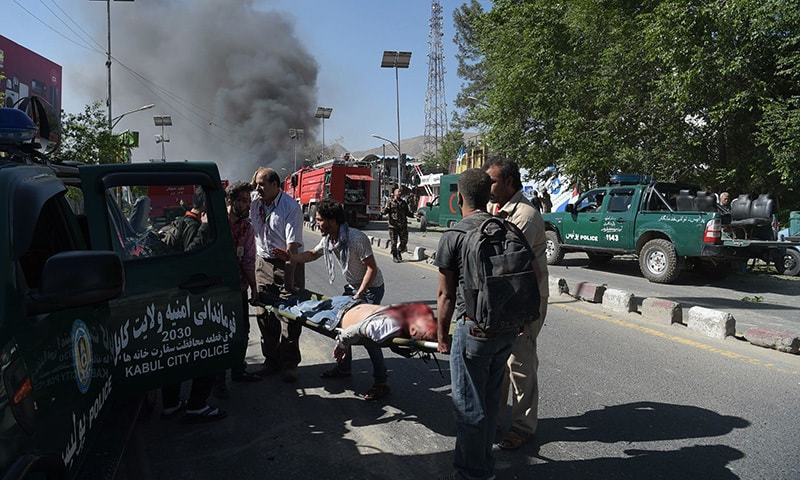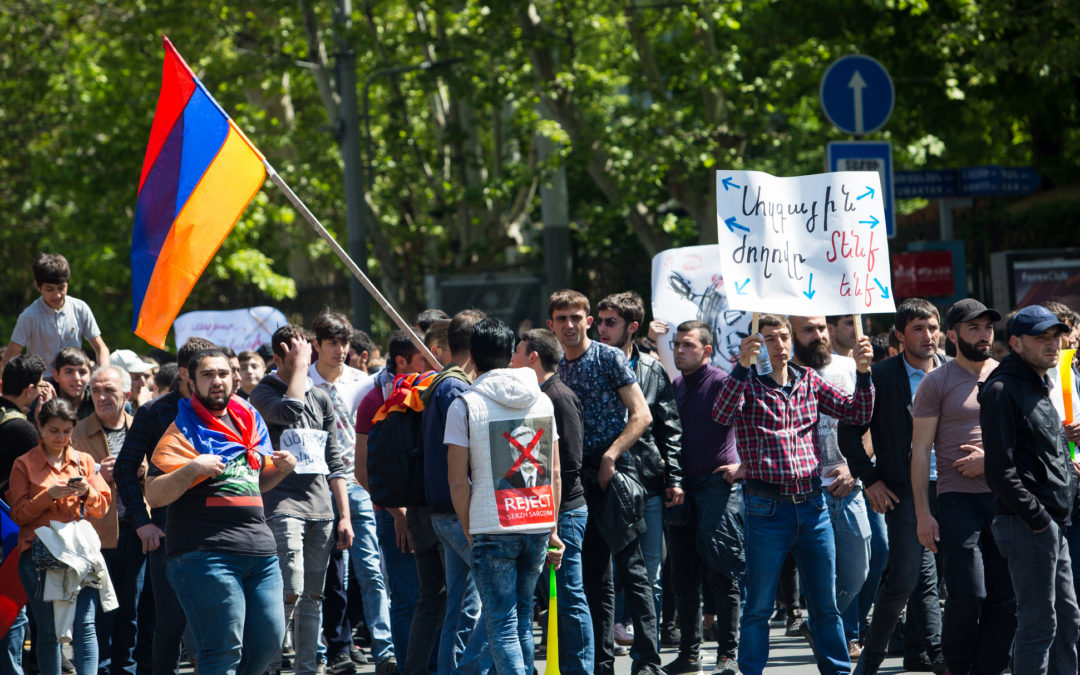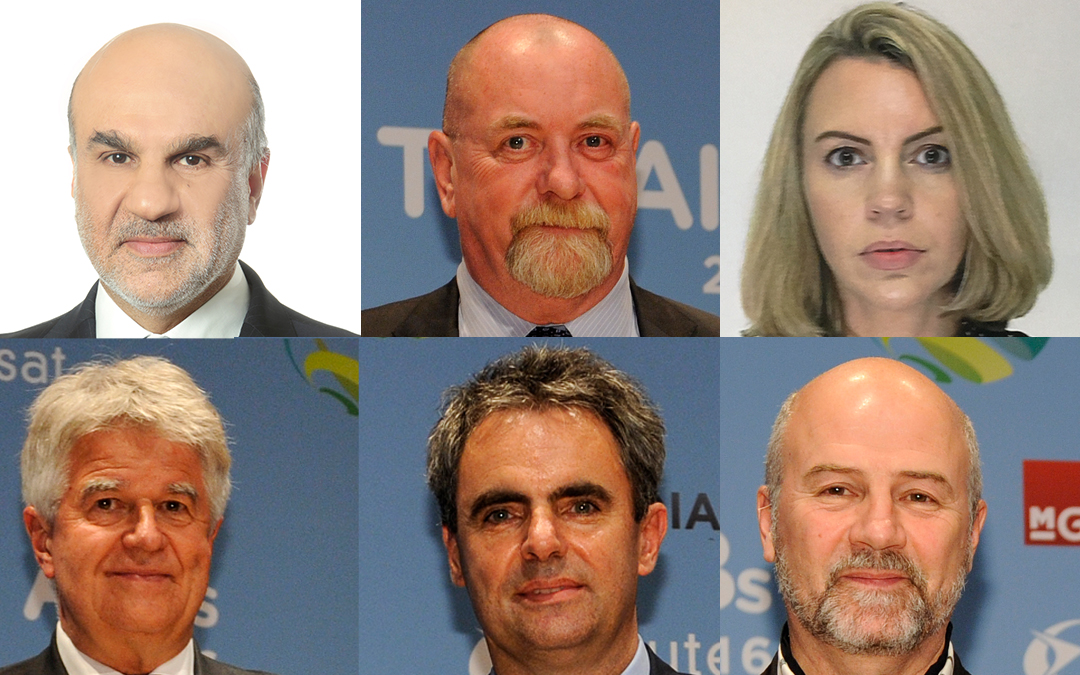
30 April 2018
Monday 30 April has been one of the deadliest days for journalists working in Afghanistan. Ten journalists were among dozens killed in multiple attacks across the country. News Agency AFP says that it is the worst days for the country’s media since 2001.
AFP reported that two suicide blasts in Kabul killed 25 people including Shah Marai, the agency’s chief photographer in Kabul, along with at least eight other journalists. Reporters Without Borders said this was the most lethal single attack on the media since the fall of the Taliban.
The attack, claimed by the Islamic State group, was condemned internationally by groups including the United Nations and the European Union, and spurred an outpouring of grief among Afghan journalists, many of whom took to Twitter to post tributes to colleagues and friends.
Journalists from Radio Free Europe and Afghan broadcasters Tolo News and 1TV were among those killed in Kabul.
 AFP’s Marai – who was buried later Monday – joined the international news agency as a driver in 1996, the year the Taliban seized power, and began taking pictures on the side, covering stories including the US invasion in 2001.
AFP’s Marai – who was buried later Monday – joined the international news agency as a driver in 1996, the year the Taliban seized power, and began taking pictures on the side, covering stories including the US invasion in 2001.
In 2002 he became a full-time photo stringer, rising through the ranks to become chief photographer in the bureau. He leaves behind six children, including a newborn daughter.
“This is a devastating blow for the brave staff of our close-knit Kabul bureau and the entire agency,” said AFP Global News Director Michele Leridon, describing him as a “treasured colleague”.
“We can only honour the extraordinary strength, courage, and generosity of a photographer who covered often traumatic, horrific events with sensitivity and consummate professionalism,” Leridon said.
“We also send our condolences to the families of other journalists killed in this terrible attack.”
Jamie Angus, Director of BBC World Service, announced: “It is with great sadness that the BBC can confirm the death of BBC Afghan reporter Ahmad Shah following an attack earlier today. The attack took place in Khost province.

“Ahmad Shah was 29. He had worked for the BBC Afghan service for more than a year and had already established himself as a highly capable journalist who was a respected and popular member of the team.
“This is a devastating loss and I send my sincere condolences to Ahmad Shah’s friends and family and the whole BBC Afghan team. We are doing all we can to support his family at this very difficult time.”
Photo credits: AFP/BBC

30 April 2018
Recent and ongoing unrest in Armenia, sparked by the recent appointment as prime minister of outgoing President Serzh Sarkisian, and his resignation a week later have been widely reported in domestic and international media.
Nearly two thirds of Armenians name unemployment, poverty, corruption, and lack of peace in the country as the most important issues facing this small land-locked country of some 3 million which became independent in 1991.
Web of relations, complex international issues
A war started in 1992 after the Armenian-majority territory of Nagorno-Karabakh declared independence from Azerbaijan in 1988. It ended with a ceasefire brokered by Russia in 1994. Armenia depends on Russia for its security.
Together with Belarus, Kazakhstan, Kyrgyzstan and Russia, Armenia is a member of the Eurasian Economic Union, which it joined in 2015.
Armenia signed also a Comprehensive and Enhanced Partnership Agreement (CEPA) with the European Union in November 2017.
Mixed media landscape
The constitution guarantees the right to freedom of speech and expression.
However, press freedoms are restricted. Armenia was ranked 80th in the 2018 Reporters Without Borders (RSF) World Press Freedom Index, and Freedom House, described Armenia as not free in its latest report
According to IREX, a non-profit organization, Armenia has over 36 active print outlets, 20 radio stations, and 17 TV stations (nine channels in Yerevan, capital, including two Russian state channels and CNN, seven stations with nationwide coverage, including one public station and MIR, the TV station of the Commonwealth of Independent States (CIS). There are also 22 TV stations in regions
The relatively large number of broadcast media outlets may give the misleading impression of a diverse media landscape. However, media ownership is opaque. Many media exist for the sole purpose of supporting a specific political party or figure.
News sources
Television is by far the most popular source for information about politics and current events. However, when asked (in 2017) “how well do you think TVs in Armenia inform the population about what is actually going on in Armenia?” 14% of respondents replied “very poorly” and 25% “quite poorly”, compared to 11% who replied “quite well” and 2% who said “very well”, with 44% replying average.
Radio is used by only about 1% of Armenians as a source of news.
Few Armenians rely on newspapers as their main news source. Print runs are small (1,000-6,000) and most titles are owned by wealthy individuals or political parties.
Internet access is on the rise. More than 2 million Armenians are online; around 72.5% of the population (2018); most users access the web via mobile devices.
The language barrier forces many Armenian journalists to use Russian-language sources over western-language alternatives, given the former an edge.
Television
Public TV Company of Armenia – H1, is the leading domestic channel. The state-owned national channel, not considered yet a full public service broadcaster, was launched in November 1956.
Others channels, all private, include H2, the country’s second channel, a general-oriented channel with the largest coverage of Armenia.
Armenia TV, launched in 1999 by the US-based Cafesjian and Sarkisian family foundations, with its American offshoot launched in 2007
Kentron TV, established in 2002 (available terrestrially and via satellite,
Radio
Public radio of Armenia is the state-owned radio broadcaster. Its website offers news in Armenian, Azeri, English and Russian. Its International Public Radio of Armenia website offers web-based text news in six languages: Arabic, Assyrian, Farsi, Greek, Turkish and Yazidi; services in eight other languages were discontinued in 2016.
Foreign broadcasts and web content for Armenia
Russian TV is widely viewed in Armenia, as Russian is understood by most people. Russian state channels are included in cable packages, a few channels are available terrestrially.
Some international broadcasters provide Armenian-language services.
Russia’s Sputnik, the umbrella company for the foreign-language websites and radio broadcasts of the Rossiya Segodnya (Russia Today) news agency has an Armenian website that offers news and access to audio content.
The US Broadcasting Board of Governors (BBG) has two networks that provide services in Armenian (in addition to services in Russian).
Radio Free Europe/Radio Liberty (RFE/RL) Armenian Service, Radio Azatutyuna, which produces content in Armenian and Russian, was established in 1953.
Every week it offers 20 hours and 40 minutes of radio content, and 100+ hours of TV.
Radio is distributed via FM, satellite, Internet, mobile devices, YouTube, social media, TV programmes are rebroadcast on some local channels.
Voice of America (VOA) Armenian Service, was established in June 1951. VOA describes it as “one of the agency’s smallest but most effective services, with a weekly reach of 32 percent in Armenia”.
The service’s programmes include
– A 10-minute TV report airing Monday through Friday.
– A 20-minute weekly TV magazine airing on Sundays and repeated on Mondays.
– The service produces also a daily five-minute segment for and Armenian TV show.
News from Armenian sources in English
A number of Armenia-based private and state news agencies and Internet news services offer news in English, and in some other languages
A1+, a news website – English-language pages
Arka a private news agency created in 1996 – English-language pages
Armenpress, state-run agency established in 1918 (reports in Arabic also) – English-language pages
Arminfo – a private news agency, created in 1991 – English-language pages
Mediamax, a private portal offering “news, analysis, exclusive interviews” – English-language pages
News.am – a private agency offering “timely and reliable news and information” (reports in Turkish also) – English-language pages
This wide range of media sources will ensure that ongoing political developments will be well covered and available in the country and abroad.
Research by AIB Media Analyst Morand Fachot.

1 March 2018
Members of the Association for International Broadcasting have elected a new Executive Committee for the two years from 1 March 2018. The AIB Executive Committee provides governance and oversight of the activities of the Association and helps to define the strategic direction of the not-for-profit organisation.
11 senior executives of AIB Member companies stood for election, of which six were existing Executive Committee members who offered themselves for re-election. After votes were counted from the 48% turnout of AIB Members eligible to vote, those elected to the Executive Committee are (pictured above from top left):
- Abdulla Al-Najjar, Al Jazeera Media Network
- John Maguire, FMM
- Anastasia Ellis, Bloomberg
- Klaus Bergmann, DW
- Simon Kendall, BBC World Service
- Alexey Nikolov, RT
“The field of candidates in this year’s election for the AIB’s Executive Committee was immensely strong,”says AIB chief executive Simon Spanswick. “I’m delighted that the Association for International Broadcasting’s Members have elected such a strong Executive Committee, and one that brings together a range of expertise and knowledge from major global broadcasters that will help steer the Association in the rapidly-changing media marketplace. My colleagues and I at the AIB Secretariat look forward to working closely with the Executive Committee as the Association continues to expand both its work and its membership.”
The AIB Executive Committee holds office for a two-year period. Members of this new Committee will hold office from 1 March 2018 until 29 February 2020.

23 February 2018
 We’ve updated Members of the Association for International Broadcasting with news of some of the work and activities that the AIB is undertaking at present.
We’ve updated Members of the Association for International Broadcasting with news of some of the work and activities that the AIB is undertaking at present.
From elections to the AIB’s Executive Committee – which provides governance and strategic direction for the Association – to cyber security, European channel licensing to the AIBs 2018, there’s a raft of initiatives and work underway that every Member benefits from.
You can read the update here – and if your company is not yet a Member of the Association for International Broadcasting, now is the time to enrol and take advantage of all the work that we carry out for our Members across the world.

1 December 2017
The Association for International Broadcasting has been working on the issue of Brexit since the referendum in 2016, gathering intelligence on the potential impact that AIB Members will feel.
 A report into the playout and distribution sectors of the UK broadcasting industry has now been published to help inform debate and discussion, and to assist parliamentarians and others involved in Brexit negotiations.
A report into the playout and distribution sectors of the UK broadcasting industry has now been published to help inform debate and discussion, and to assist parliamentarians and others involved in Brexit negotiations.
“We’ve been monitoring developments around Brexit for the past 18 months,” says Simon Spanswick, chief executive of the Association for International Broadcasting. “Since so many channels serving audiences across the European Union are based in the UK, licensed by the UK media regulator Ofcom, it is vital that there’s a flow of relevant, accurate and detailed information about the international media industry. The AIB, with almost a quarter of a century’s experience in the sector, is extremely well-placed to offer insight and intelligence to those empowered to make decisions. We are also determined to help our Members who may be impacted by Brexit. This new report is evidence of the work we’re doing to help and assist.”
The report includes data sets and information compiled from the AIB’s research and from its Members involved in playout and distribution. The report has been submitted to the UK Department for Digital, Culture, Media and Sport, and the Department for Business, Energy and Industrial Strategy.
Copies are available to AIB Members, although detailed financial data are redacted to protect confidentialities. Contact the AIB Secretariat to obtain a copy.

 AFP’s Marai – who was buried later Monday – joined the international news agency as a driver in 1996, the year the Taliban seized power, and began taking pictures on the side, covering stories including the US invasion in 2001.
AFP’s Marai – who was buried later Monday – joined the international news agency as a driver in 1996, the year the Taliban seized power, and began taking pictures on the side, covering stories including the US invasion in 2001.







 A report into the playout and distribution sectors of the UK broadcasting industry has now been published to help inform debate and discussion, and to assist parliamentarians and others involved in Brexit negotiations.
A report into the playout and distribution sectors of the UK broadcasting industry has now been published to help inform debate and discussion, and to assist parliamentarians and others involved in Brexit negotiations.